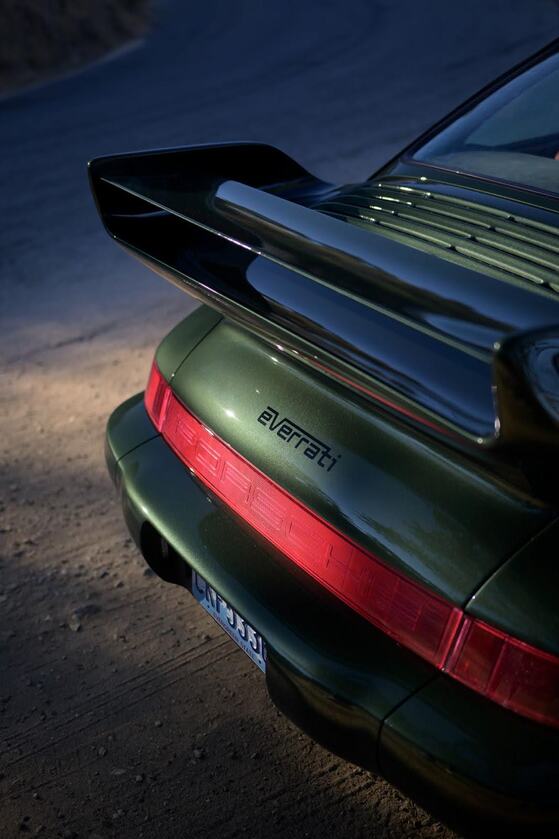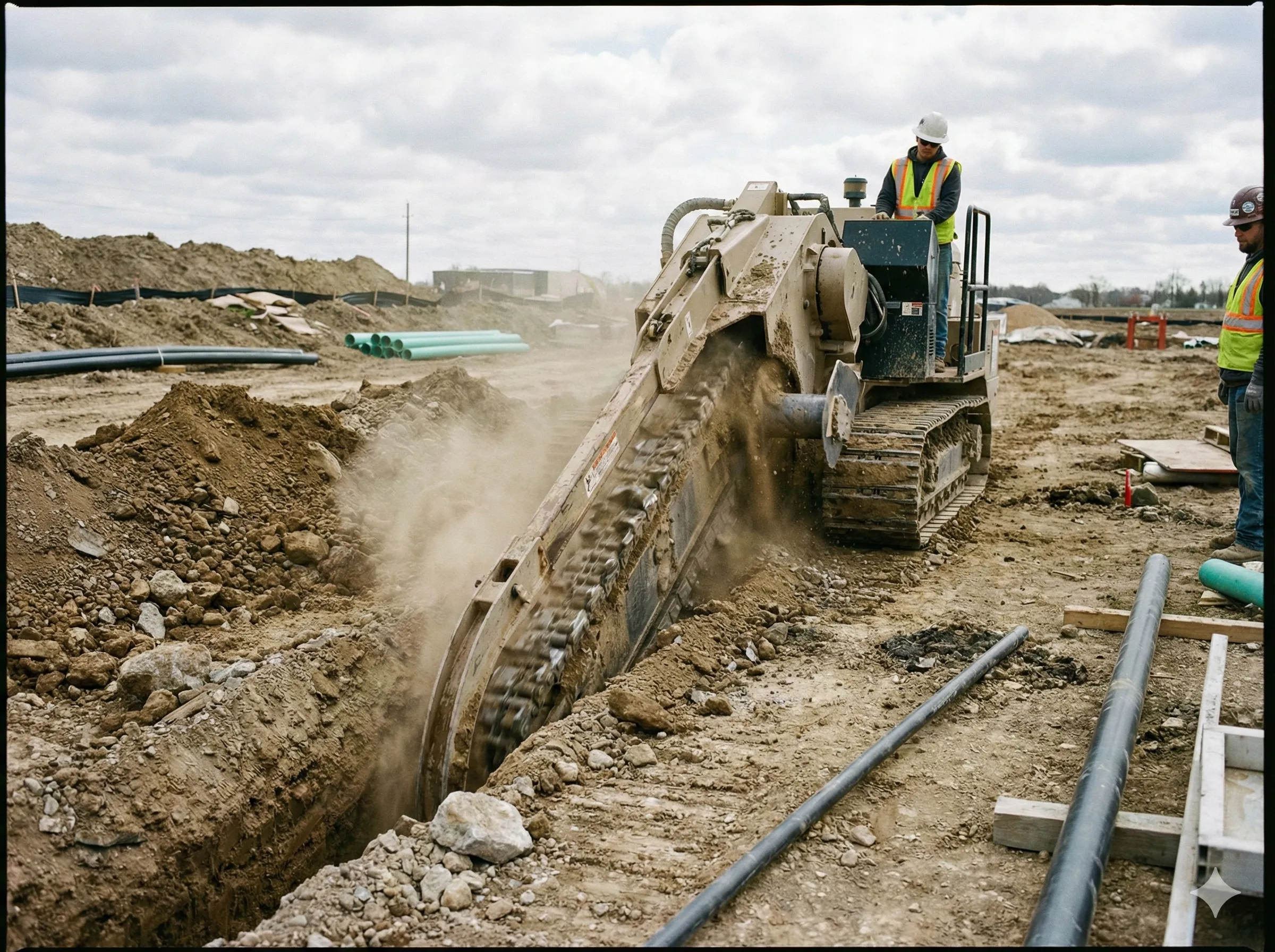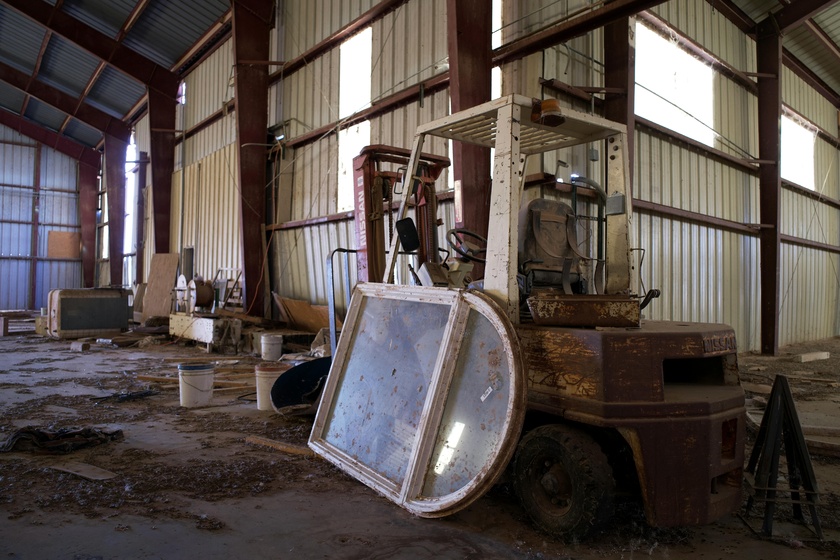Oxford-based electric vehicle specialist Everrati has revealed a new version of the Porsche 911 (964), rebuilt as a high-performance electric car. The car keeps the wide body style of the original 1990s model but replaces the petrol engine with a modern electric powertrain that produces 500 brake horsepower and 500Nm of torque.
The car can accelerate from 0 to 62 miles per hour in under four seconds and has a driving range of more than 150 miles on a single charge. Despite the addition of electric components, it is lighter than the original thanks to the use of carbon fibre for the body panels. This helps maintain the performance and handling characteristics that have long defined the classic 911.
Everrati is one of a growing number of companies working to reimagine historic vehicles for the electric age. These projects combine classic design with zero-emission technology, responding to shifting attitudes among car enthusiasts and regulators alike. As more cities consider restrictions on combustion engines and concerns about sustainability continue to rise, electric transformations are being seen as a viable way to extend the lifespan of vintage cars.
Rather than restoring these cars simply for display or investment, Everrati aims to keep them on the road. Justin Lunny, the company’s founder and CEO, explains the motivation: “We believe that it is the very DNA of a car that makes it iconic and that such cars must be preserved for future generations – not be placed in a museum, but to drive.” His comments speak to a broader movement in the collector and enthusiast world, where preserving a vehicle's emotional and cultural value now includes consideration of its environmental footprint.
Electrifying classics also challenges the traditional view of what it means to own a heritage car. Where authenticity once focused on matching numbers and original engines, a new standard is emerging: one that values driving experience, innovation, and relevance. For some enthusiasts, the engine note of a flat-six Porsche is irreplaceable. For others, the chance to drive a classic in a cleaner, quieter, and more efficient way is equally compelling.
The transformation from petrol to electric involves more than just swapping out the engine. It requires sophisticated engineering, careful calibration of performance characteristics, and attention to the original vehicle's balance and handling. Everrati’s team brings together experience from mainstream car manufacturing, motorsport, aerospace, and EV technology to meet these challenges.
The use of advanced materials such as carbon fibre plays a key role in managing the trade-offs that come with battery-powered transformations. Batteries tend to add significant weight, which can affect both acceleration and handling. By replacing steel panels with lighter composites, the company helps offset this weight gain and keep the car agile and responsive.
The market for electrified classics remains niche for now, with high costs putting many transformations beyond the reach of average drivers. However, as electric technology becomes more affordable and accessible, and as attitudes toward sustainability continue to shift, the ideas behind projects like Everrati’s may influence mainstream automotive production. Manufacturers are already exploring modular vehicle platforms that can support upgrades and longer lifespans, moving away from the traditional model of disposable cars.
Electric restomods also encourage a new way of thinking about vehicle ownership. Rather than discarding an older car when technology evolves, owners may increasingly look for ways to retrofit and adapt. This could lead to a future where classic cars are not just symbols of the past, but also active participants in a cleaner, more flexible transport landscape.
While Everrati’s wide body 911 remains a high-end offering, it represents more than a nostalgic tribute. It is part of a growing effort to blend tradition with innovation and to find new paths forward for the vehicles people love most. In doing so, it raises an important question for the automotive world: what if the cars of the past still have a role in shaping the future?
Photo By: Everrati



















